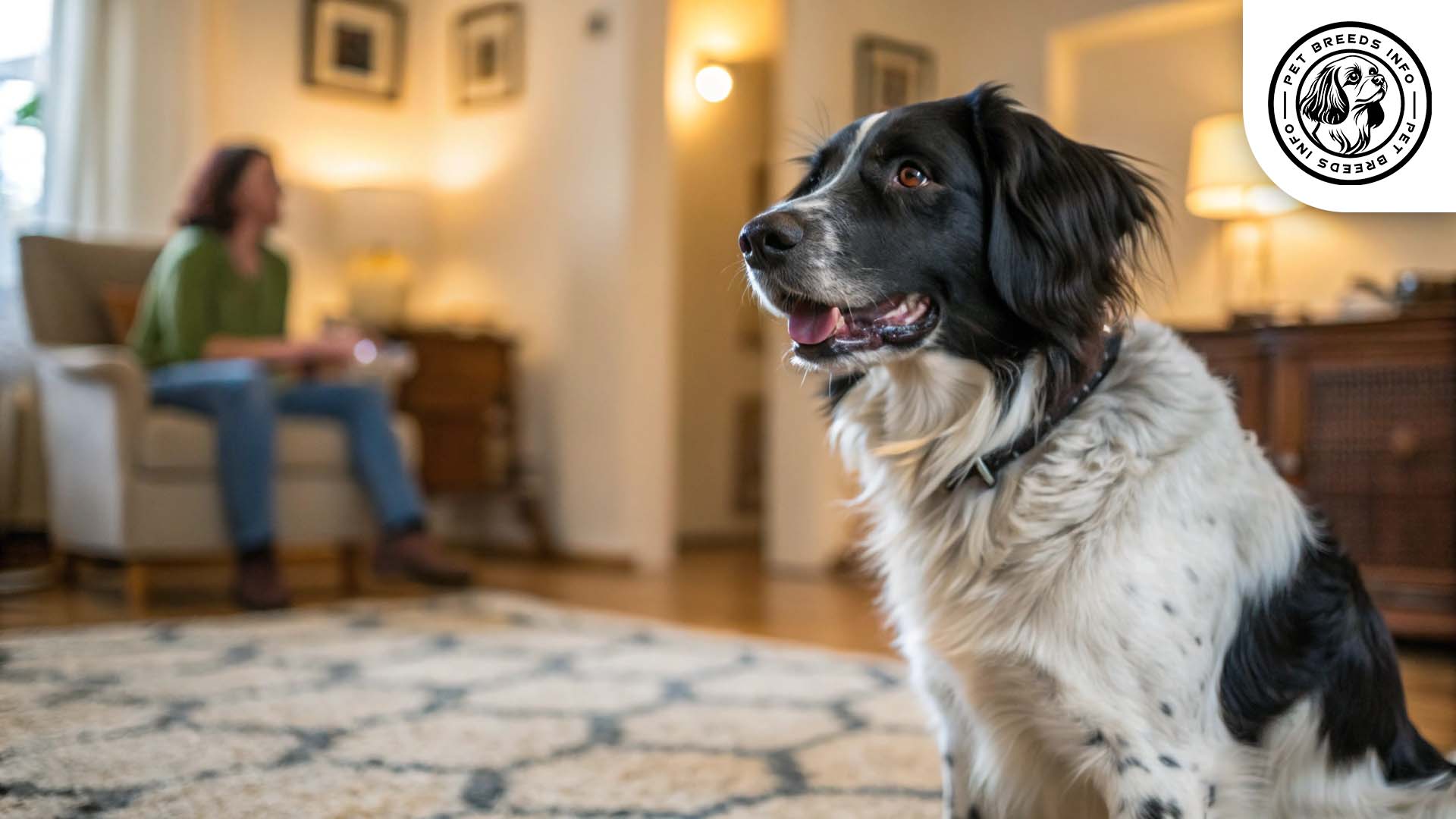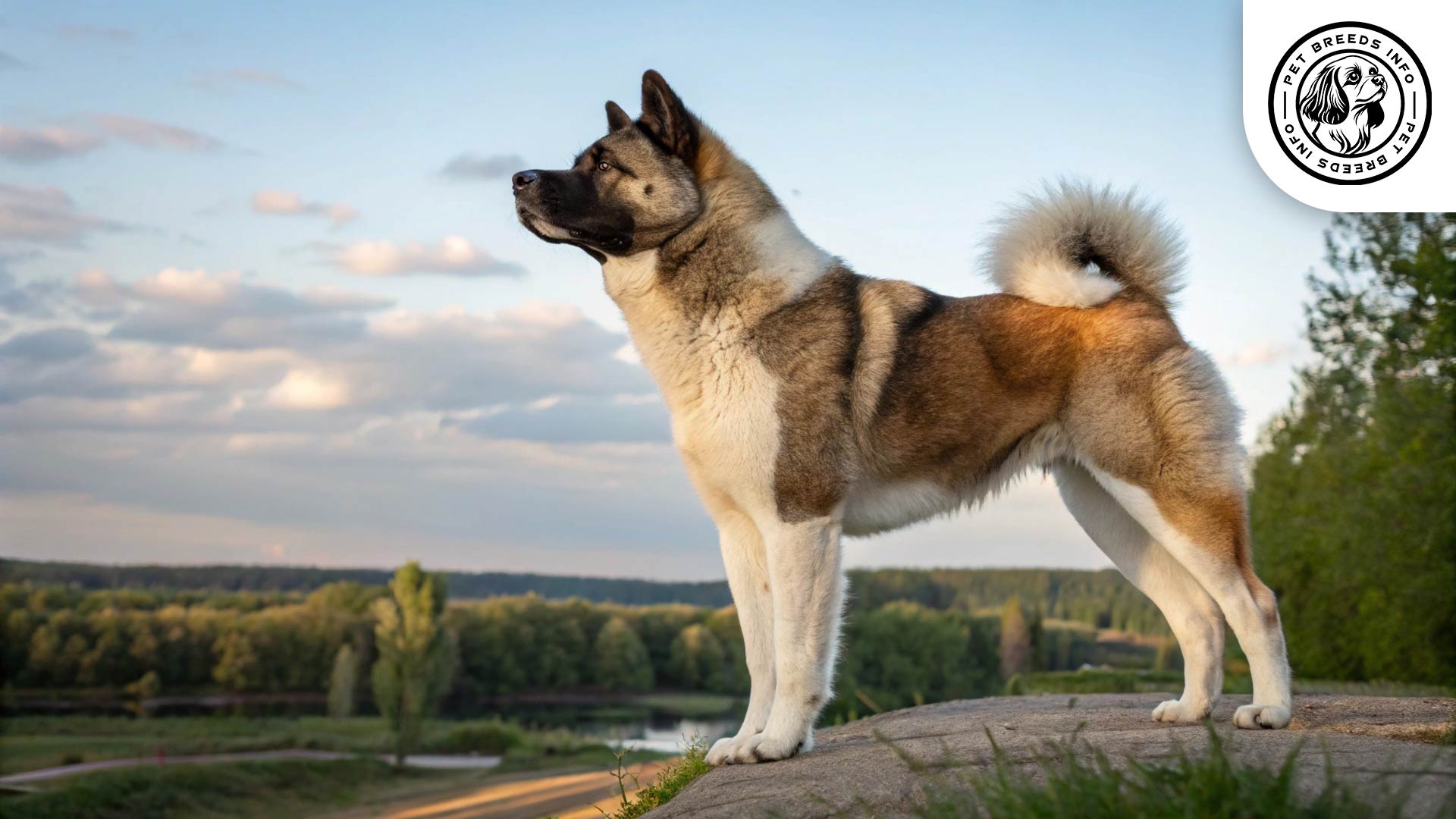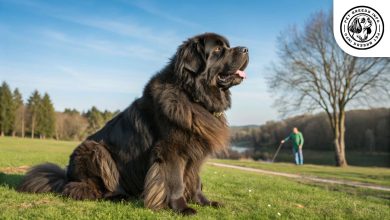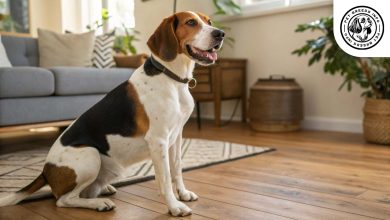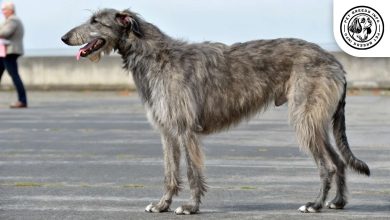Stabyhoun Dog Breed: Size, Health, Price & Personality
General Introduction of the Breed
The Stabyhoun, also known as Stabijhoun, originates from the Netherlands, specifically the Friesland province. It is a rare and versatile breed with hunting, guarding, and companionship abilities.
The breed dates back several centuries and was traditionally used by Dutch farmers for hunting small game, guarding property, and serving as a loyal companion. Today, it remains a cherished family dog in the Netherlands.
Table of Contents
| Weight | 35-55 pounds (16-25 kg) |
| Lifespan | 13-15 years |
| Diet | High-quality dry or wet food, occasional raw diet |
| Care | Moderate exercise, weekly brushing, routine grooming |
| Health | Prone to hip dysplasia and epilepsy |
| Color | Black & white, brown & white, or orange & white |
| Nature | Intelligent, affectionate, social, loyal |
| Price | $1,500 – $2,500 (rare outside the Netherlands) |
Physical Characteristics
The Stabyhoun is a medium-sized breed. Males stand between 19-21 inches (48-53 cm) and weigh around 45-55 pounds (20-25 kg). Females are slightly smaller, measuring 18-20 inches (46-50 cm) and weighing 35-50 pounds (16-23 kg).
Its coat is medium-length, slightly wavy, and weather-resistant. Common colors include black and white, brown and white, or orange and white, often with distinct spotting or ticking.
The breed has expressive, almond-shaped eyes that are dark brown in color. Its ears are medium-sized, slightly curved, and set high on the head, covered with feathered fur.
The Stabyhoun has a moderately long tail with a feathery appearance. Its overall build is athletic yet well-proportioned, contributing to its agility and endurance.
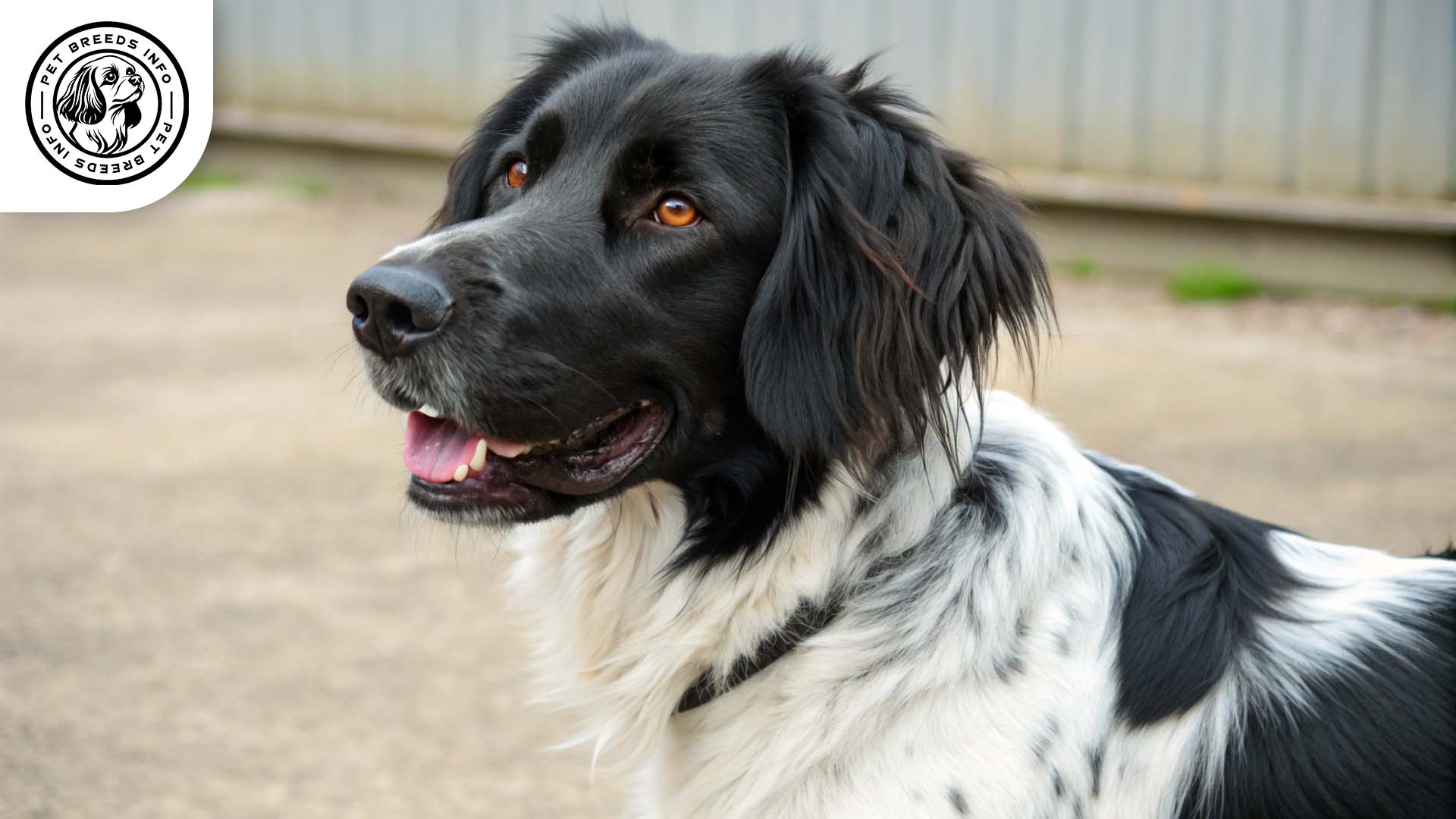
Personality and Temperament
This breed is highly intelligent and eager to learn, making training relatively easy. It is known for its obedient and cooperative nature.
The Stabyhoun has a balanced energy level, requiring regular physical activity but not exhibiting excessive hyperactivity.
It is deeply loyal and affectionate toward its owners, often forming a strong bond with its family members.
The breed is generally friendly and social, getting along well with children and other pets when properly socialized. However, it retains some hunting instincts.
It is an adaptable breed but can be sensitive to environmental changes, requiring a stable and loving home.
Care and Maintenance Requirements
The Stabyhoun requires daily exercise, including walks, playtime, and mental stimulation to stay happy and fit.
While adaptable to various living environments, it thrives best in homes with a yard or access to open spaces.
Its coat is relatively low-maintenance, requiring brushing once or twice weekly to prevent matting. Shedding is moderate.
The breed tolerates a range of climates but may need extra protection in extremely hot or cold weather.
Routine grooming includes occasional bathing, regular nail trimming, ear checks, and dental care.
Read More: Spanish Galgo Dog
Diet and Nutrition
A balanced diet consisting of high-quality dry or wet food is recommended. Some owners opt for raw or natural diets.
Portion sizes should be adjusted based on the dog’s age, weight, and activity level to maintain healthy body condition.
Foods to avoid include chocolate, grapes, onions, garlic, and other toxic human foods.
Providing meals twice a day is generally suitable for adult Stabyhouns.
Health and Common Medical Issues
The Stabyhoun is a generally healthy breed but may be prone to specific genetic conditions such as hip dysplasia and epilepsy.
Regular veterinary check-ups, vaccinations, and preventative care play a key role in maintaining the breed’s well-being.
The average lifespan of a Stabyhoun ranges from 13 to 15 years.
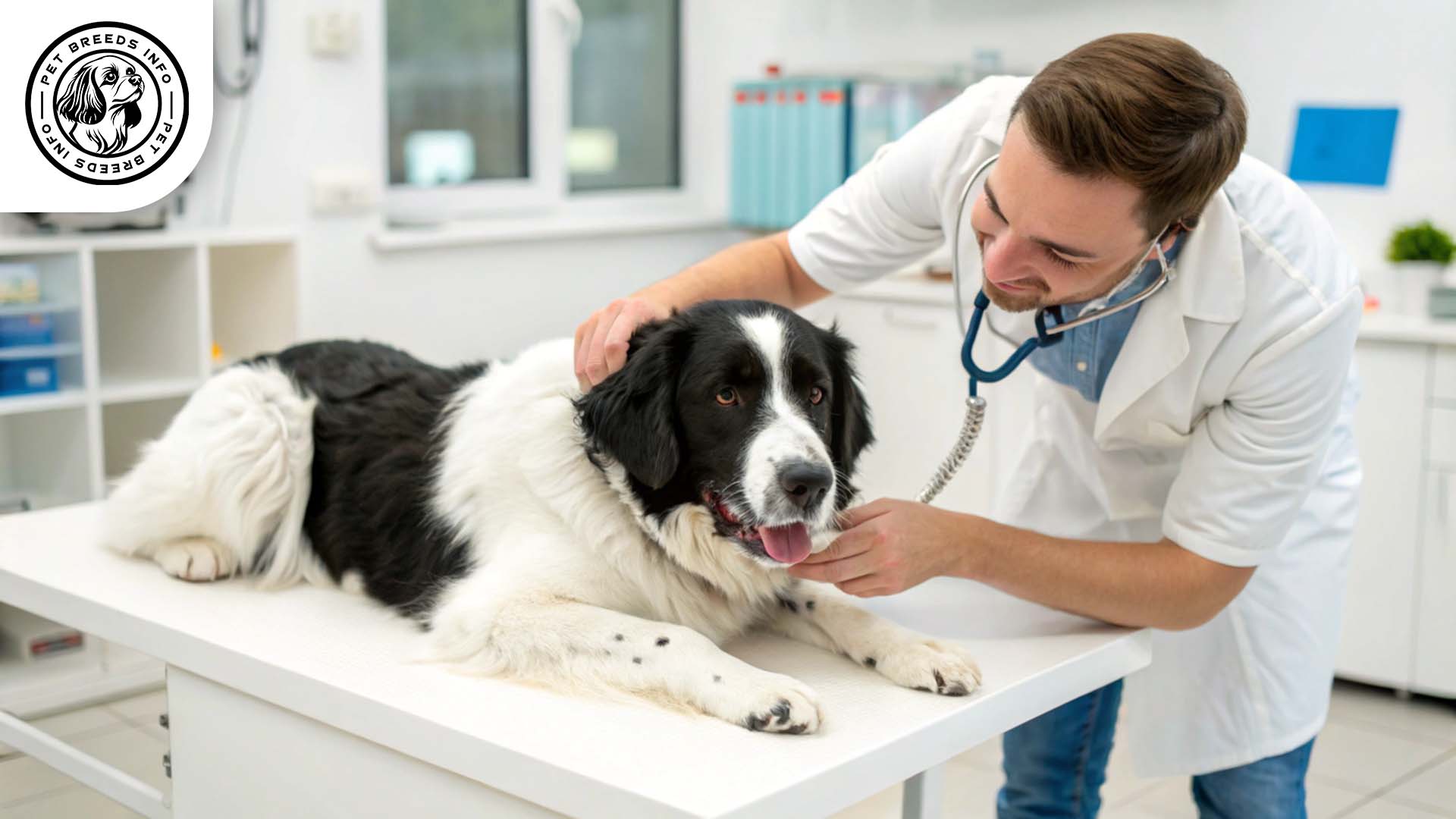
Training and Behavior Management
The breed is highly trainable due to its intelligence and eagerness to please. Positive reinforcement methods work best.
Early socialization is important to ensure confidence and good behavior in different situations.
Consistency, patience, and stimulating mental challenges are key to successful training.
Read More: Slovakian Rough-Haired Pointer
Interaction with Other Animals and Humans
The Stabyhoun is known for its gentle and affectionate nature, making it an excellent choice for families with children.
When properly introduced and trained, it interacts well with other dogs and pets.
It is an excellent companion for both individuals and families, showing loyalty and devotion.
Though independent at times, the breed prefers companionship and does not do well with long periods of isolation.
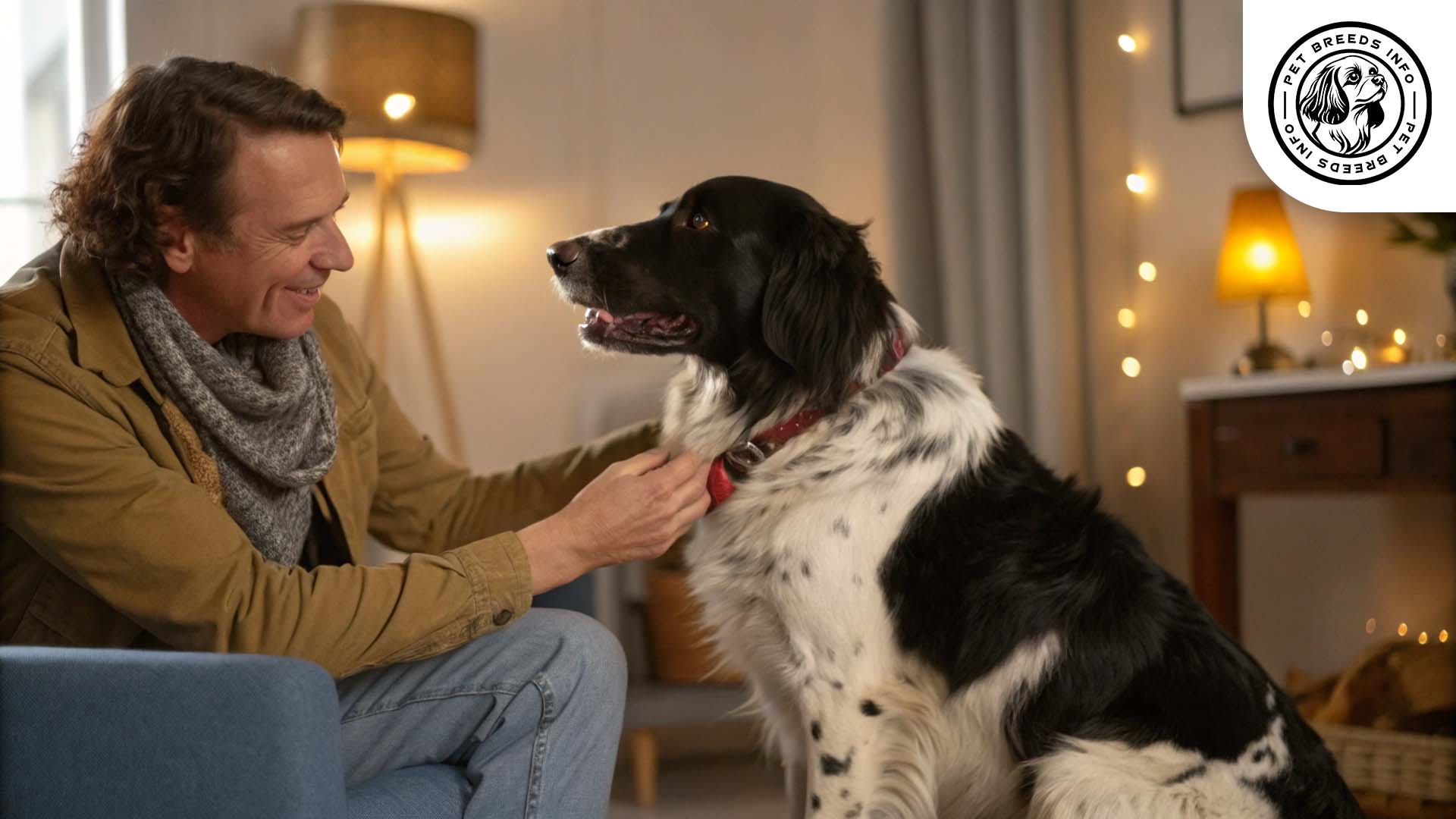
Price and Availability
The Stabyhoun is a rare breed outside the Netherlands, and the cost of a puppy typically ranges from $1,500 to $2,500 depending on the breeder.
Prospective owners should seek reputable breeders who emphasize responsible breeding practices and health screening.
Adopting from a rescue organization or breed-specific adoption center can also be an option for those looking to provide a home to a Stabyhoun in need.
Conclusion and Final Thoughts
The Stabyhoun is an intelligent, affectionate, and versatile breed, making it an excellent companion for active families or individuals willing to provide mental and physical stimulation.
Best suited for homes with space to roam, it thrives in an environment where it receives daily exercise and companionship.
Read More: Rampur Greyhound Dog
Potential owners should consider its grooming, training, and exercise needs before bringing one home.
With the right care, socialization, and training, the Stabyhoun makes for a loving and loyal family pet.
Is the Stabyhoun a good family pet?
Yes, it is affectionate, intelligent, and great with children and other pets when properly socialized.
Does the Stabyhoun require a lot of exercise?
It needs regular daily exercise but is not overly hyperactive, making it a balanced companion.
Is the Stabyhoun easy to train?
Yes, its intelligence and eagerness to please make it highly trainable with positive reinforcement.
Can the Stabyhoun adapt to apartment living?
While adaptable, it thrives best in homes with a yard or access to open spaces.
What are common health issues in the breed?
The breed is generally healthy but may be prone to hip dysplasia and epilepsy.
